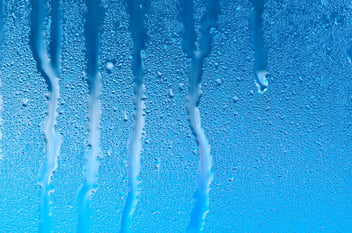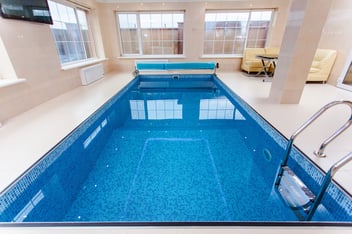Can you imagine a world without refrigeration? We can tell you one thing: it would be very difficult to live in it and many of the things that surround you would be practically non-existent, including your business.

When we think about preserving products, one of the first solutions that comes to our mind is a refrigerating chamber or a cold room. So, if you want your products to have a longer life, this is what you should know:
What is cold room?
A refrigerating chamber or cold room is a warehouse in which a specific temperature is artificially generated. It is generally designed for storing products in an environment below the outside temperature.
Products that need refrigeration include fruits, vegetables, seafood, meat, flowers.
The first cold rooms were called snowfields. This was a well with retaining walls, of small or large dimensions, with openings where snow was introduced, and ice was extracted. The purpose was to keep the ice even if the snow melted.
Fun fact…
Cold rooms have been an essential part of the maritime industry since the late nineteenth century. These rooms are in warmer latitudes, where the commercialization of products and the time factor play important roles for the development of specific industries that require very strict quality parameters.
Refrigerating chambers are also used for engineering products, e.g. to store chemicals at an ideal temperature for processing or to slow down chemical reactions (for example, in processes catalyzed by temperatures or in polymers).
What applications do refrigerating chambers have?
Regardless of the products they contain, these rooms are very useful for:
- Goods reception. The sanitary standards require that businesses, such as warehouses and restaurants, have an appropriate temperature to receive their raw materials, which will later be placed in different points. A good cooling system is crucial for these cases.
- Storage and products handling. This allows an increase in production and marketing, extending shelf life and enabling the transformation of products.
- Products display. In these cases, it is very common to use Walk in or Reach in doors, which allow the final consumer to easily access products and, at the same time, have a much more attractive point of sale.
How does refrigeration intervene in a cold room?
Refrigeration slows chemical and biological processes in food, and controls deterioration and loss of quality. Through storage, the life of fresh perishable foods such as meats, fish, fruits and vegetables can be extended several days by cooling, and several weeks or months by freezing.
When requesting your quotation for a cold room, the refrigeration engineer knows:
- Fruits and vegetables continue to breathe and generate heat during storage.
- Most of it should be frozen in a temperature range, instead of a single temperature.
- The quality of frozen foods is greatly impacted by the freezing rate.
- The speed of refrigerated air affects the rate of moisture loss in products.

How to choose the temperature inside a cold room?
The internal temperature depends on the material or product that will be stored. A known application is foods storage for their preservation, such as frozen foods, which are stored at below zero temperatures. Local vegetables and fruits are stored at 0 °C and tropical and subtropical fruits at 5 to 13 °C.
How is a cold room designed?
A good design of these rooms considers not only the selection of equipment, but its location for a safe access of the personnel. To ensure a safe access and maneuver into the cold room, it is necessary that contractors, engineers and owners participate in the project to determine the selection of a cooling system determined by analyzing life cycle cost and energy efficiency.
What mistakes are made in the design of a cold room?
Although it is such a strategic tool for commercial purposes, it is surprising how common bad practices are present in the design and construction of cold rooms. Among others, we have found:
- The use of non-insulating material for walls and ceilings of rooms. Materials such as partitions, or panels without polyurethane.
- Rooms without adequate dimensions, which impede maneuvering and storing of products.
- Rooms with a wrong cooling system for the product you want to preserve.
- Rooms without an appropriate access system, in which case the fluctuation of temperature is hard to control.
What to do?
Preserve your products adequately is not an option, but a necessity. By guaranteeing this process, the profits of your company will be greatly benefited. A good start is to define what your needs are and what kind of process you require for your products, to quote not only the right equipment, but a specific and specialized design for your company.
Related
Discover more related articles

What does a poor control of the relative humidity in the expenses of your...
Trying to maintain the ideal temperature for your industrial processes will be very difficult, if not impossible, if you don’t consider adequate...
Read more »
Humidity control: functions of the industrial dehumidifier
Dehumidification plays a very important role in many industries that require relative humidity control in their cooling processes.
Read more »
